Buxa Fort trek holds a very special place in our hearts, as it was our opening to the magical world of trekking and gradually became the elixir of our otherwise mundane life. Also, when we started our blog, the first article I wrote was about Buxa Fort Trek. Yes, this article to be particular. It was almost 5 years back. Now we have updated the article with relevant and current details, but Buxa, Lepchakha and this article will always be dear to us.
The historic Buxa Fort is located at an altitude of 2600 feet and is a part of the Buxa Tiger Reserve. Buxa Fort Trek is one of the most popular treks in the Dooars region. It is an easy trek and takes about 2 hours to reach the Buxa Fort from the base of the hill at Santalabari. Usually, tourists and travellers visiting Buxa Tiger Reserve and Jayanti also trek up to the Buxa Fort and a few all the way up to Lepchakha. Infact, there are a few trek routes from the Buxa Fort itself going to Lepchakha, Rover’s Point and Rupam Valley.

Buxa Fort
From the foothill, Buxa Fort is an uphill trek of about 2.5 km. The trekking trail goes through the forests and you will enjoy the view of the landscape as you trek up to the fort.
Buxa Fort has a rich history. The fort was once said to have belonged to the kings of Bhutan. Out of the many routes from India to Bhutan, the one through the Buxa Fort is one of the toughest. The Bhutanese army used to guard the famous silk route connecting India and Tibet through Bhutan. The military importance of the fort was quite high as it guarded one of the important routes to Bhutan. The fort is also known as Buxa Duar.

The Buxa Fort was always an object of contention between the Bhutanese king and the Koch Kings. Later, on the request of the Koch kings, the fort was captured by the British in 1865. It was formally handed over to the British as a part of the Treaty of Sinchula.
The British rebuilt the fort using stones and the earlier bamboo and wooden structure was demolished. The British had used the Buxa Fort as a high-security prison to detain the freedom fighters. The fort was almost inaccessible at that time. With its small cells devoid of any facilities, cruel guards and the dense forests full of wild animals surrounding the fort, it was quite infamous. It can be said that the Buxa Fort was second almost second in notoriety to the infamous Cellular Jail in Andaman. After Indian independence, the Buxa Fort was abandoned.

It is said that the prisoners of the Buxa Fort had once written a letter to Rabindranath Tagore while he was in Darjeeling. Tagore had sent a letter to them dated June 2, 1939. The words of the letter is still engraved on the fort wall.

Later in 1959, when the Tibetan monks fled from Tibet due to Chinese invasion, they had used the Buxa Fort as a refugee camp.
DID YOU KNOW? TAGORE SPENT HIS LAST DAYS AT MONGPU IN NORTH BENGAL
There is a small village next to the Buxa Fort. There are a few tea stalls where you can have some food. There is a huge ground in front of the fort. There are a few homestays in the village as well. If you wish, you can stay at the village near Buxa Fort. You can further trek up to Lepchakha, or to some other destinations as well. You can spend a few hours at Buxa Fort and then trek back to Santalabari as well.
Santalabari or Santrabari is the entry point of the trek. It is believed that earlier the Bhutanese villagers used to carry a basket full of oranges hung on their back through this route. Hence the name became ‘Santrabari’. ‘Santra’ means oranges.

Trek Routes from Buxa Fort
There are a few trek routes from the Buxa Fort. If you are an avid trekker, you might like to explore these trekking trails.
- Trek to Lepchakha
- Trek to Jayanti Village
- Trek to Rupam Valley in Bhutan
Lepchakha
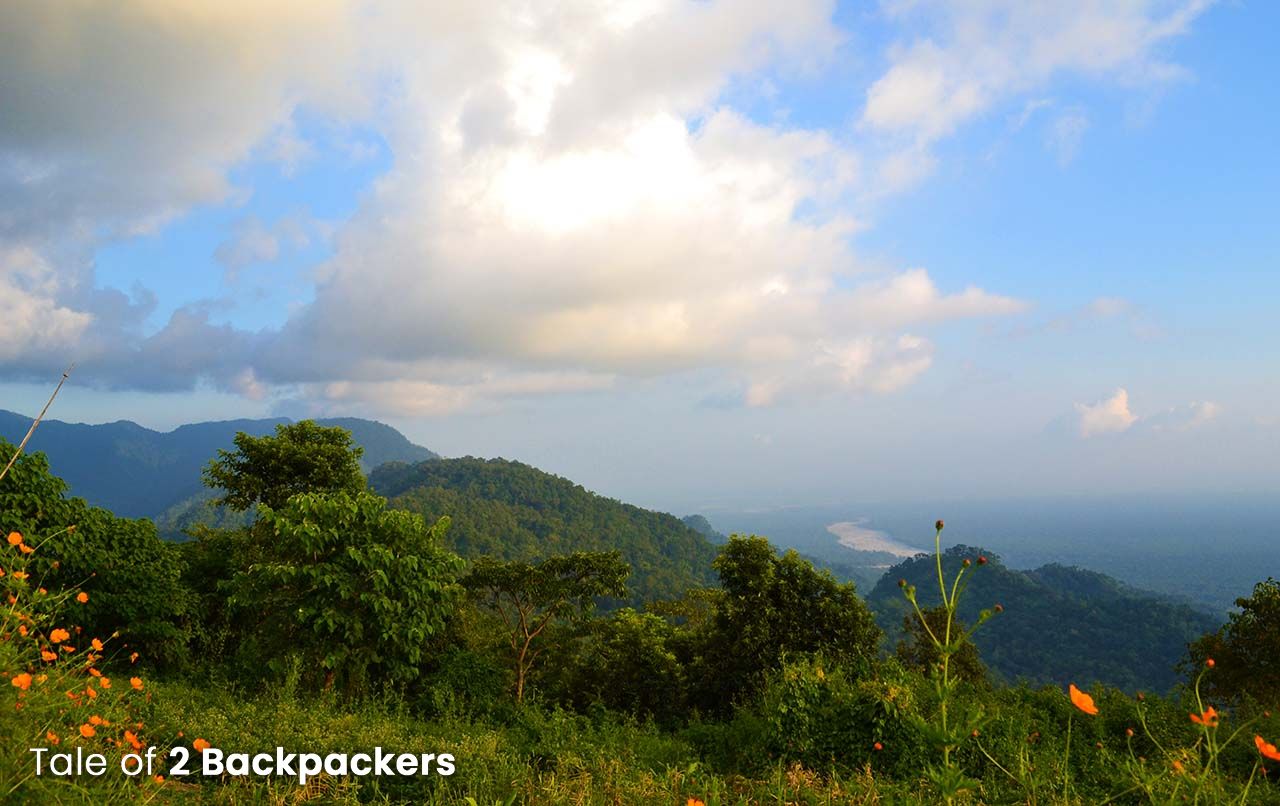
Lepchakha is located at the hilltop of the Buxa hill close to the Indo-Bhutan border. It is a small village but extremely beautiful. A further 3 km trek from the Buxa Fort will take you to the picturesque village of Lepchakha. The main inhabitants of the village are the Drukpas who are originally from Bhutan.
The main attraction of Lepchakha is the table-top area on the hill. From there you can see all the twelve rivers flowing in the Dooars region. It is an extraordinarily beautiful sight. And I think all the adjectives used to describe Lepchakha are justified. From the top, you will get a panoramic view of the Buxa Tiger Reserve, the Bhutan Hills and the beautiful surroundings. There is also a white Buddhist stupa in the village that looks spectacular amidst the small village houses.

The villagers are very peaceful and friendly, especially the kids. They become quite happy on seeing people. Spending a night at Lepchakha amidst its surreal beauty is totally worth all the trouble of reaching the place. The sunrise and sunset at Lepchakha are undoubtedly very beautiful.
When we had visited Lepchakha there was only one homestay there. Recently we have heard that a couple of homestays have been developed at Lepchakha.
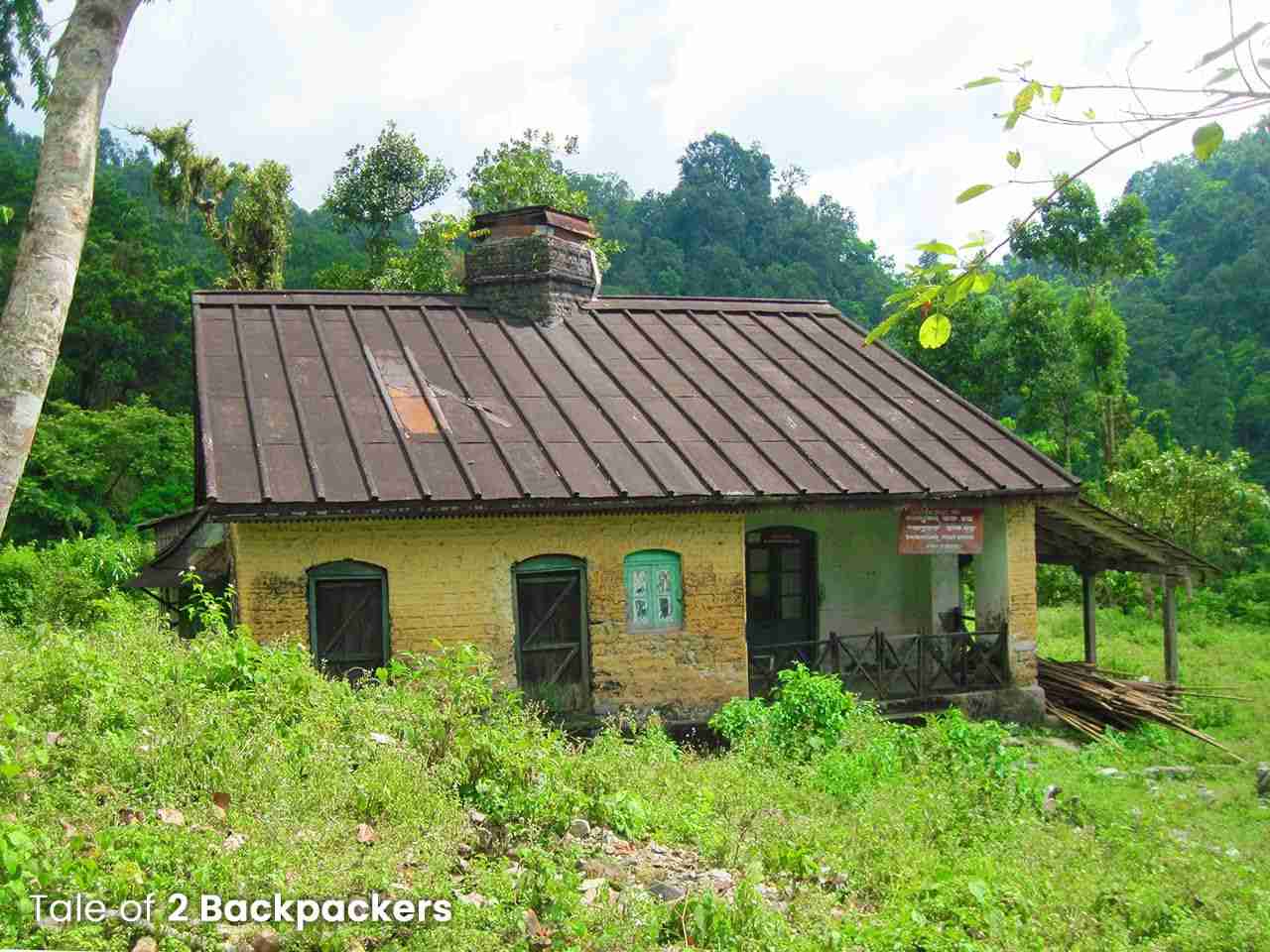
Our Experience at Buxa Fort Trek and Lepchakha
We started at Jayanti early in the morning and reached Santalabari or Santrabari at about 7 AM. At Santrabari, we had delicious Momos for breakfast from the only shop that stood there. I often wonder, how they make such wonderful momos! We still remember the momos of Sanalabari even after 6 years!
After having a sumptuous breakfast of momos and tea, we started our journey towards Buxa fort. It is 2.5 km uphill trek. There is a well-marked path leading to the Fort, so there is no chance of getting lost. We started our journey through the midst of the green luscious forest. Being my first trek, I never anticipated that walking uphill would be altogether a different ball game than walking in plains. Within a few minutes, I was huffing and puffing. My backpack seemed to weigh tonnes. Sweating profusely, I sat down beneath a tree and simply refused to move further!

After much cajoling by Agni, I started again with renewed zeal. As we went up, the forest became dense and the weather cooled down. Gradually we started to soak in the beauty of nature – evergreen forest canopy, a glimpse of rare animals, birds and rare orchids. Butterflies were also seen in abundance.
There is a viewpoint after about 1 km from the trek. You can get a lovely view of the valley from there.
After about 2 hours, we reached the first village on the hills, Buxa Sadar Bazar. It is a small village with no electricity and rarely any mobile connection. The known accommodation was that of Mr Indra Thapa’s Guest House. We chose to stay near the Buxa Fort, a mere 10 minutes’ walk from the village. We stayed at a local villager, Mr Rosomoy’s (meaning – full of juice) homestay. Mr Rosomoy turned true to his name and within a few minutes, we were abreast with all the village gossips!!

From our window, the Buxa Fort could be clearly seen. After having Maggi, we visited the Buxa Fort. The fort was dilapidated and in urgent need of maintenance. Our next stop was the Buxa Heritage Museum.
Post lunch, we started our trek towards Lepchakha via Tashigaon. Tashigaon is a small village about 2 km from Buxa fort. We passed through the numerous orange orchards on our way to the forest route towards Lepchakha.
We took meandering routes through the forest. The road did not seem to end, but little did we know what awaited us. The forest suddenly ended in what seemed like a small village, and soon we were in the midst of a plateau surrounded by five hills. This is Lepchakha for you. From Lepchakha, we could see all the 12 rivers flowing through Dooars looked like glistening snakes meandering through the plains below. The view was spectacular and breathtaking. The surrounding hills made the place more romantic.

We soaked in the beauty as much as we could. We did not want to miss the sunset from Lepchakha, so we stayed on until the sunset. After that, we started our downhill trek to Buxa fort. It was already dark when we reached our homestay. Mr Rosomoy was waiting for us with delicious dinner and his juicy stories. After dinner, we had ‘chaang’ (a locally made liquor brewed from rice) from the villagers. We were quite tired and slept as soon as we hit the bed.
YOU MAY ALSO LIKE : RONGO, A PICTURE PERFECT VILLAGE IN DOOARS
I was woken up the next morning by the sound of chirping birds. Time for return has come. After breakfast, we started our downhill trek towards Santrabari.
The trek to Buxa and Lepchakha was a treat to our eyes and healing to our senses. The quality time we spent at nature’s lap rejuvenated us to a great extent and we were ready to face the pressures of our daily life and work.

Some facts about Buxa
How to reach Buxa Fort and Lepchakha?
The nearest Railway Station is New Alipurduar, about 15 km from Rajabhatkhawa. You can get a taxi or auto from New Alipurduar to Rajabhatkhawa. It will take about 15 minutes to reach there from the railway station. Santalabari or Santrabari is about 15 km from the entry gate.
From Santrabari, there is an uphill trek route of about 2.5 km to Buxa Fort. You can reach Lepchakha after another 3 km trek from Buxa Fort.
The nearest airport is at Bagdogra, 180 km from Rajabhatkhawa. New Jalpaiguri is about 176 km from Rajabhatkhawa. You can hire a car from NJP or Bagdogra to reach Rajabhatkhawa.
There is a small railway station at Rajabhatkhawa as well. But no express train stops at this station. There are a few passenger trains running from Siliguri to Alipurduar that stops at Rajabhatkhawa.

Places to stay in Buxa and Lepchakha
Buxa Sadar Bazar
Indra Thapa’s homestay: 9476184362 / 7586830778
There are few other homestays near Buxa fort.
Lepchakha
Wangmo Homestay: 03566208000
PLANNING YOUR NEXT WEEKEND? READ OUR ARTICLE ON 52 OFFBEAT WEEKEND GETAWAYS FROM KOLKATA
What is the best time to visit Buxa Fort and Lepchakha?
The best time to visit Buxa, Jayanti and Lepchakha is between December to February. The weather remains cool in the morning and cold at night. Wildlife safaris are also enjoyable during this time.
June to September is the monsoon season and it rains very heavily during this time. Buxa Tiger Reserve remains closed between mid-June to mid-September. Jayanti often becomes inaccessible during this time.
Another good time to visit is during October and November. The weather remains cool, and trek to the Buxa Fort will not be much problem.
You can also visit between March to May, but be prepared for a hot and humid climate. The days will be scorching and I think trekking can be quite difficult in the hot and humid climate.

Difficulty of the Trek
Easy trek. The first half of the hike is steeper and often exasperating for a fresher. But if you take small steps and plenty of breaks eventually you will reach the fort within a maximum time of 2 to 3 hours.
Do you love trekking? Then you might like our trekking experiences in India
Did you like the post? Please share your views with us. Also let us know about your experience in Dooars in comments below.
Sharing is caring! We would love if you share it….


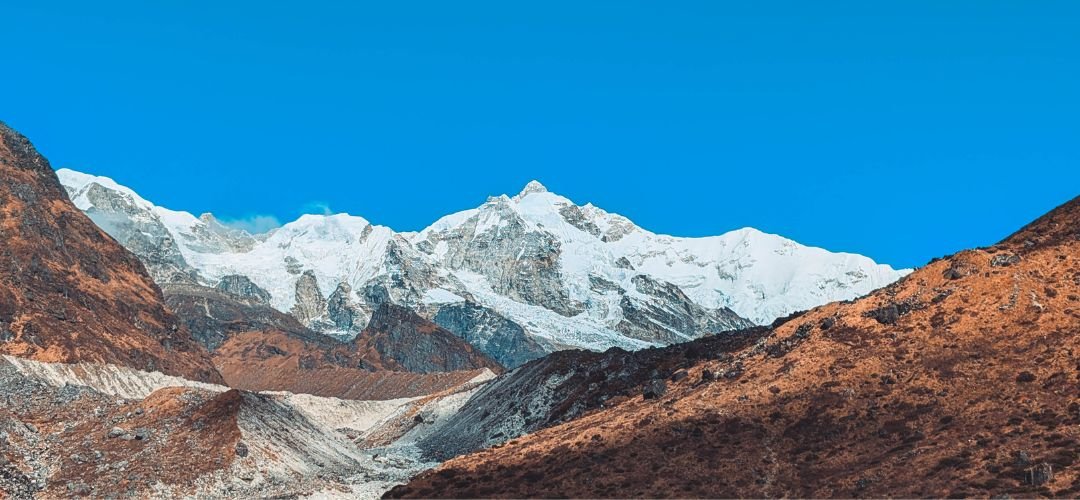


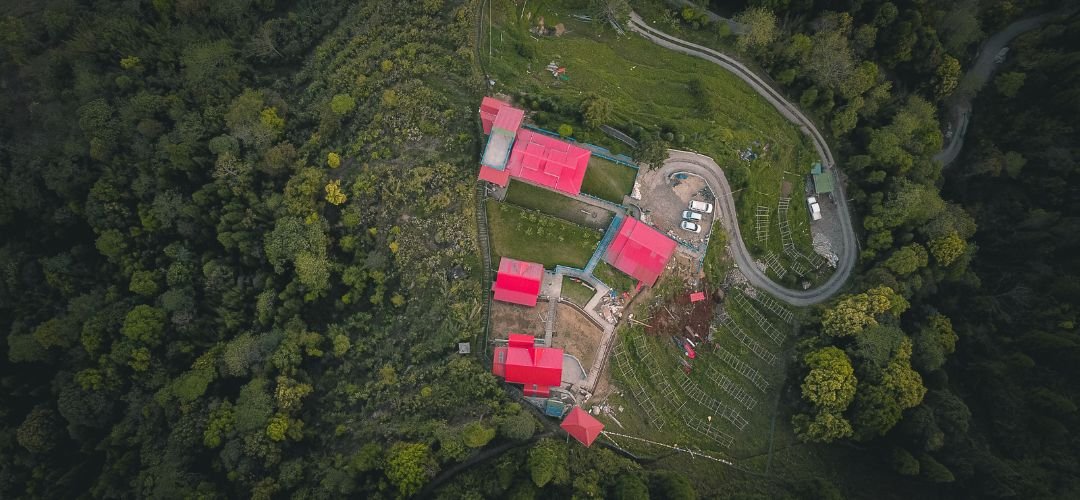
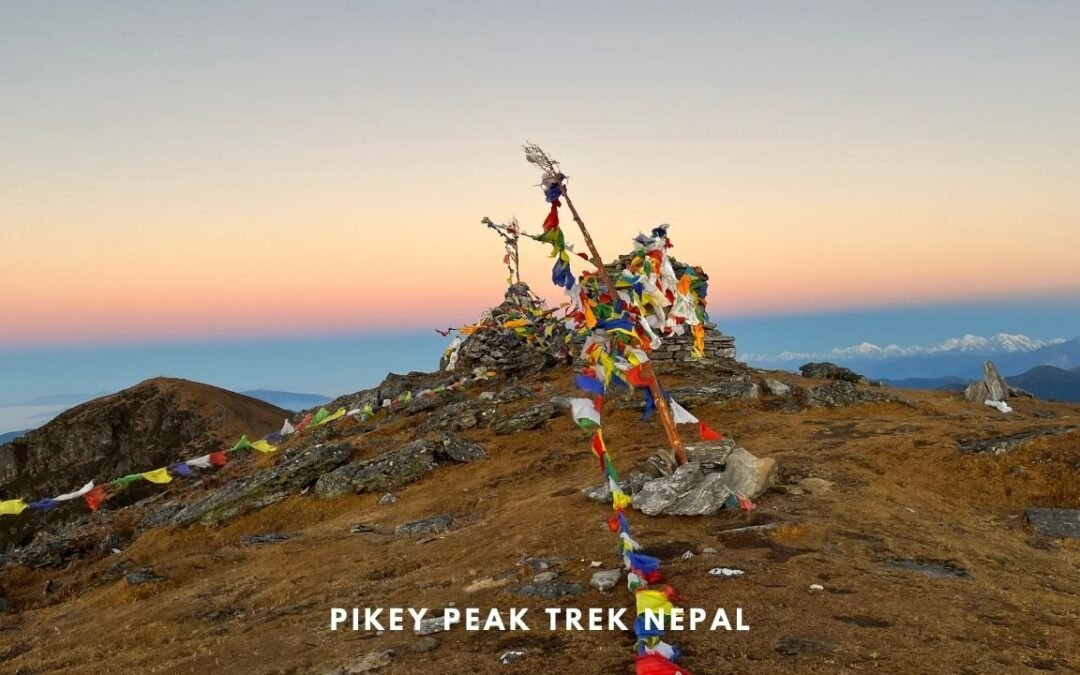

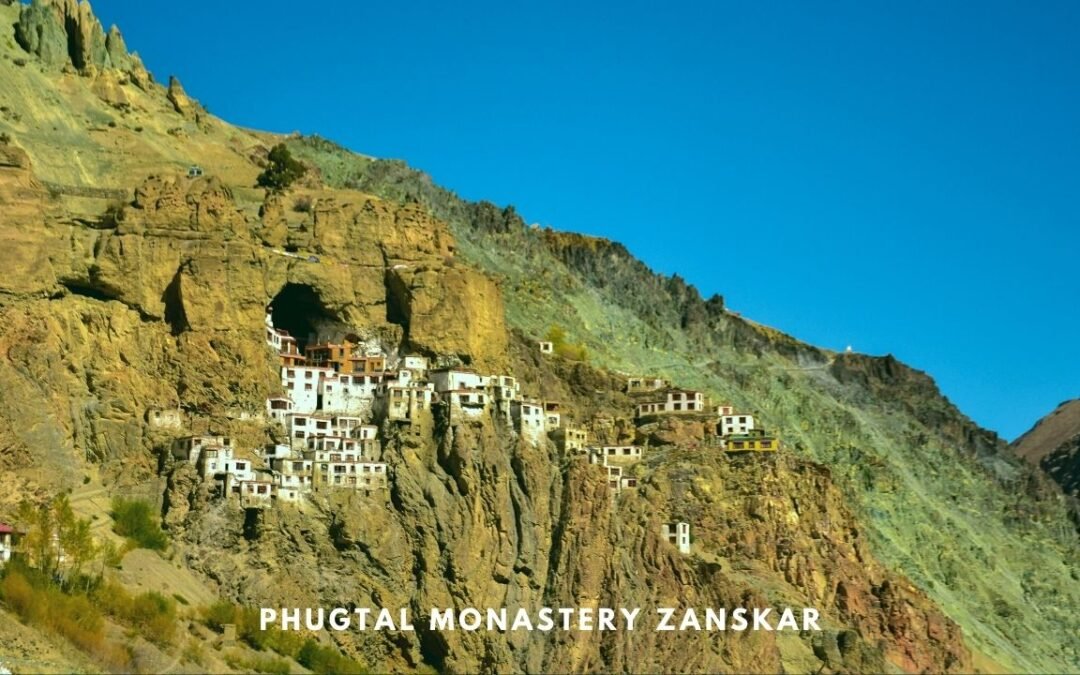
0 Comments